I have two hive clustered tables t1 and t2
CREATE EXTERNAL TABLE `t1`(
`t1_req_id` string,
...
PARTITIONED BY (`t1_stats_date` string)
CLUSTERED BY (t1_req_id) INTO 1000 BUCKETS
// t2 looks similar with same amount of buckets
the code looks like as following:
val t1 = spark.table("t1").as[T1].rdd.map(v => (v.t1_req_id, v))
val t2= spark.table("t2").as[T2].rdd.map(v => (v.t2_req_id, v))
val outRdd = t1.cogroup(t2)
.flatMap { coGroupRes =>
val key = coGroupRes._1
val value: (Iterable[T1], Iterable[T2])= coGroupRes._2
val t3List = // create a list with some logic on Iterable[T1] and Iterable[T2]
t3List
}
outRdd.write....
I make sure that the both t1 and t2 table has same amount of partitions, and on spark-submit there are
spark.sql.sources.bucketing.enabled=true and spark.sessionState.conf.bucketingEnabled=true flags
But Spark DAG doesn't show any impact of clustering. It seems there is still data full shuffle What am I missing, any other configurations, tunings? How can it be assured that there is no full data shuffle? My spark version is 2.3.1
